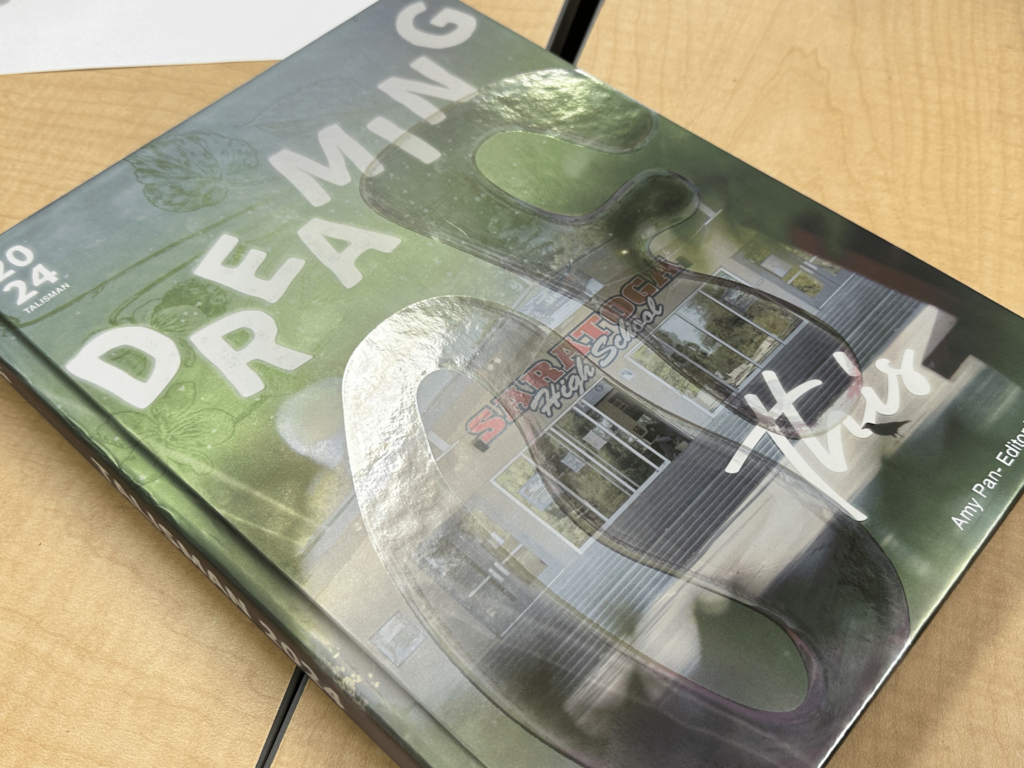Major shakeups of Congressional seats and gubernatorial posts from the U.S. elections dominated the news in early November. The students in history teacher Mike Davey’s U.S. government classes, however, just finished the long and mudslinging-filled campaigns in their realistic presidential election simulations on Jan. 3.
“The [simulations] include the whole gamut of having presidential candidates visit states and regions, give speeches and the whole precess for electing the president,” Davey said.
The seven-day project, which stretched over three weeks since only part of class time was devoted to it, centered around one Democratic and one Republican presidential candidate per class, each of whom campaigned for the office seat.
The candidates from Davey’s regular government class were Chris Burse (R) vs. Will Tang (D), while Arya Parhar (D) and Jason Shiuan (R) faced off in Davey’s MAP government class. Tang beat Burse by 306 to 232 electoral votes, while Shiuan stole a small victory of 274 to 264 votes from Parhar.
“It’s was fun to have a little competition against Arya,” Shiuan said. “Our pride is at stake.”
The Republican candidates were chosen through the Iowa Caucus, Davey said, because it was the first one in the country during the presidential primary season. The national convention chose the Democratic candidates.
“It actually costs money to do the commercials so [the candidates] have to raise the money,” Davey said. Presidential candidates present these influential radio commercials, television commercials, and press releases in class to sway the student voters.
“It’s pretty intense,” Shiuan said, who had his first debate on Dec. 9. “It’s a lot of fun to make commercials and to find ways to make money and to try to convince other people to vote for me,” Shiuan said.
Burse said he looked at past presidents’ policies for tips on how he could improve his own campaign, and by presenting opposing viewpoints toward President Obama’s.
While the candidates were busy preparing their campaigns, the rest of the students engaged in classroom activities, current events and lectures on the presidency. Others even joined in to help the candidates.
“I have a team of students who help me with my campaign—Arya has a team, too,” Shiuan said. “The remaining students represent the different states and they decide who they want to vote for.”
Once voting time came, Davey made the process similar to reality, with the media calling the elections for each candidate and the states lining up by their party colors to turn in their ballots.
“We try to have it as comprehensive as possible so the students really understand the whole process,” Davey said.
Like in real campaigns, the candidates and media in the simulation clashed head on.
“I heard in the MAP class that CBS was accusing NBC of trying to manufacture stories,” Davey said with a laugh.


























